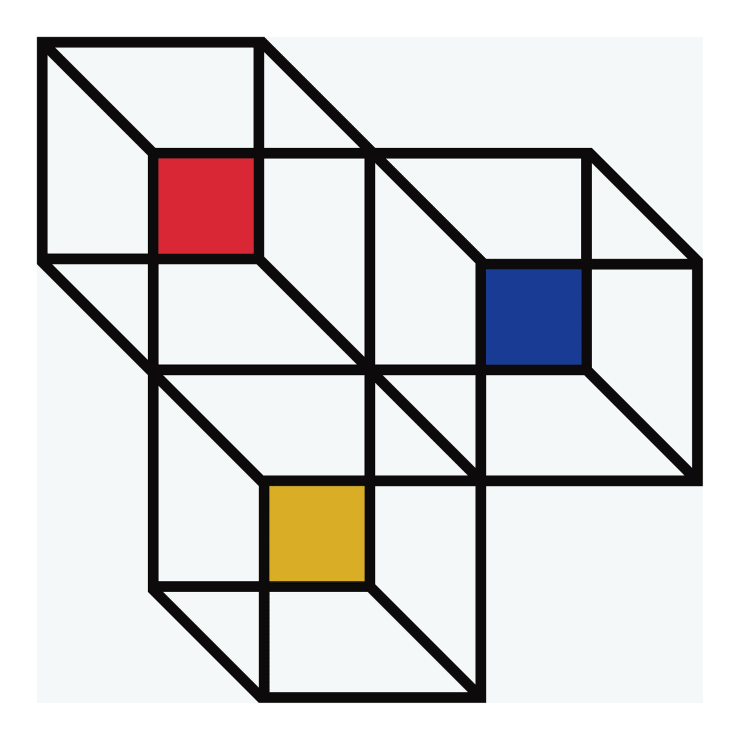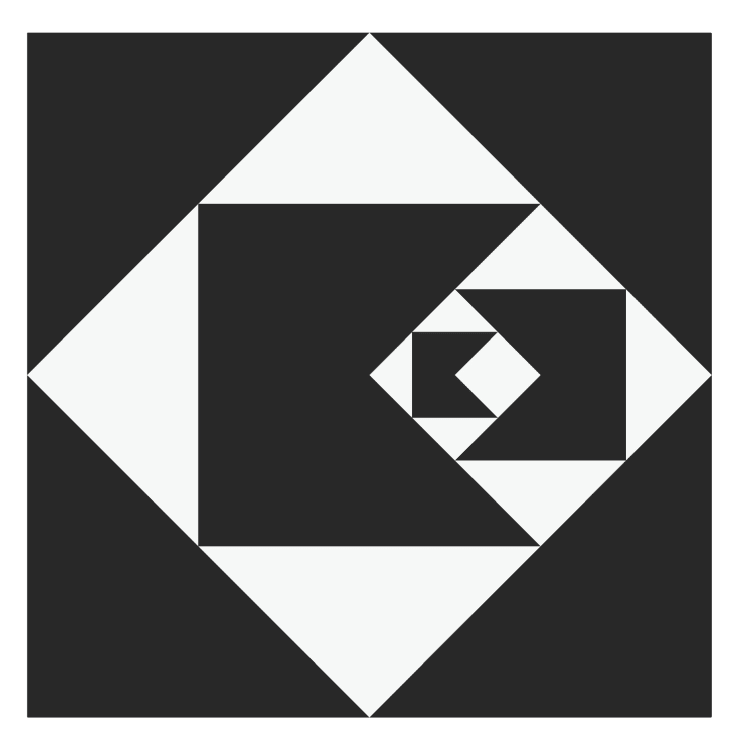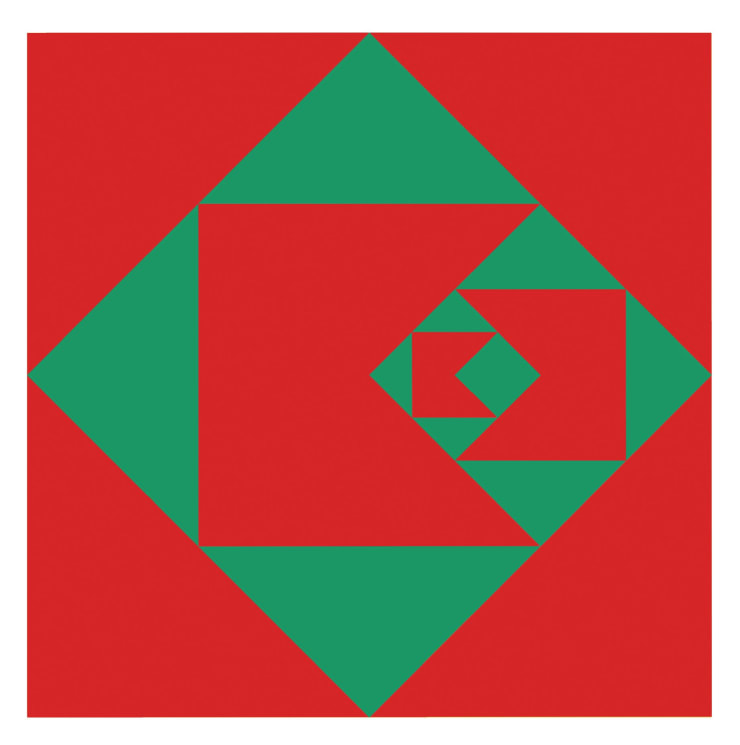Geraldo de Barros | Objetos-Forma
Past exhibition
Overview
Geraldo de Barros is, without a doubt, one of the Brazilian artists most studied by contemporaneity. Over the course of his artistic career he pioneered the path of multidisciplinarity, developing his work consistent with not only his own research, but also with the Brazilian political and social contexts and with Brazilian art history. To celebrate these historical developments, the Arquivo Geraldo de Barros and Luciana Brito Galeria are presenting the exhibition Objetos-Forma [Objects-Form], which features never-before-shown works that recover a fundamental moment in Geraldo de Barros’s career. The show opens on August 9 and occupies all the gallery’s exhibition spaces.
The curatorial concept of this show – which comes on the heels of the recent exhibition on Geraldo de Barros at the Musée d'Art Moderne et Contemporain (MAMCO) of Geneva, Switzerland – considers the artist’s participation in the 15th Bienal de São Paulo, presenting on that basis a set of 66 silkscreen prints that recovers Barros’s idea to allow the public to reproduce his artworks. On the occasion of the 15th Bienal, Geraldo de Barros presented five paintings in oil on polyurethane lacquered wood, accompanied by the manifesto “Da retomada de alguns objetos-forma da arte concreta” [On the Recovery of Some Form-Objects of Concrete Art], which set forth ideas related to concrete art (Design/painting-object) associated with the possibility of large-scale production, as is proper to industrialization. Through this “instruction manual,” the artist offered a completely new possibility to the visitors, giving them not only the elements for the reproduction of his artwork, but also an authorization for “each person or spectator to be provided with the elements of each one of the designs and thus be able to produce them,”[1] thus eliminating the unique-object.
Years later, this project served as a basis for a profound study of Geraldo de Barros by the artist’s Archive, giving rise to the 66 silkscreen prints titled Objetos-Forma [Form-Objects]. The show also presents other works that contextualize this research by Geraldo de Barros, including some concretist paintings from the 1950s and more recent works in Formica. The Formica works present precisely the result envisioned by the artist, since he managed in fact to use industrial processes to gain the power of reproducibility in his artworks and to put them on the market.
The exhibition Objetos-Forma is an homage to Geraldo de Barros, whose long-standing desire was to link the objectivism of concrete art to the refinement of design and the reproducibility of industry. As early as the 1950s, he began to experiment through his work with Unilabor, a cooperative that produced furniture following constructivist references. After some years and with the country taken over by the military dictatorship, the artist saw that it would be nearly impossible to go forward with his ideas of breaking free from the rules of the market. In 1979, with the start of Brazil’s political reopening and the end of the boycott of successive editions of the Bienal by artists, newly encouraged by a regained sense of freedom and the reencounters of that time, Geraldo de Barros saw the possibility of realizing his desire to make art more accessible through the “do-it-yourself” concept.
[1] BARROS, Geraldo. “Da retomada de alguns objetos – forma da arte concreta.” 15th Bienal de São Paulo, 1979. Exhibition brochure.
Installation Views
Works
Video


































